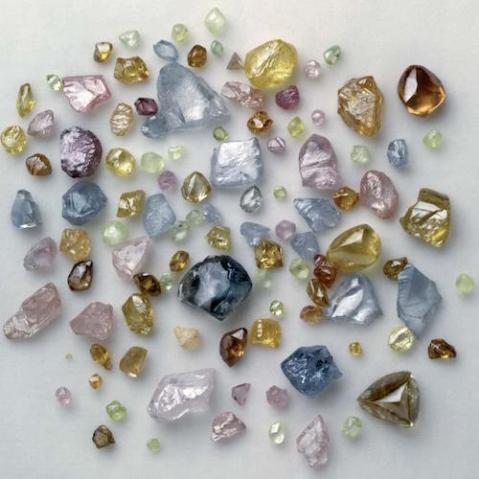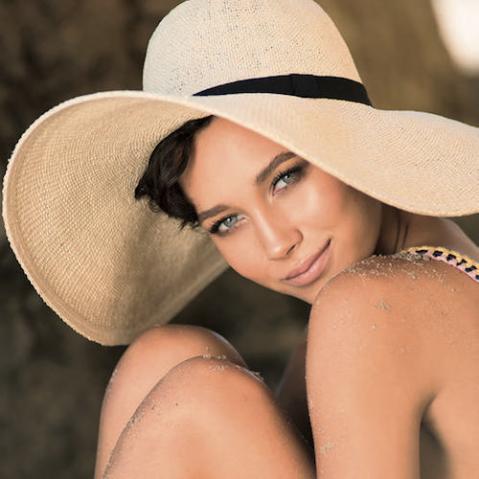Be bold – shoot into the sun
Pointing your camera at the sun for a shot is a condition that juxtaposes the science and art of photography perfectly.* Technically, everything about this shooting scenario is wrong: images strongly tend toward overexposure, colour detail is easily lost, and textures are rendered flat. But creative and delicate manipulation of these conditions can deliver some of the most atmospheric and successful images.

Blown out skies or a silhouetted subject?
When you choose to shoot into the sun and have the sun visible in the frame, its enormous dynamic range will demand that you make a creative choice regarding your exposure. You won’t be able to expose both the sky and your subject accurately. It will be a case of selecting an illuminated subject with blown out skies or a properly exposed sky with shadowed, silhouetted foreground. To best control your exposure to achieve either of these scenarios, you need to get on top of your camera’s metering.
Opt for spot metering
The chances are that matrix metering will tend to assume overexposure from the bright sun and overcompensate by making the whole image too dark. Spot metering, on the other hand, lets you precisely indicate which area of the frame will be properly exposed. Don’t forget to make use of your histogram to ensure good exposure.
Rim lighting
If you frame the shot so that the sun is masked by an element in the scene, that element (which will likely be underexposed and appear as a silhouette) will be framed in a light radiating out from its edges. This edge or “rim” lighting accentuates the shape of that element and lends a strong graphic emphasis to the image.

Backlighting
Shooting into the sun is technically known as backlighting, although unlike in a studio, the height of the backlight is chosen for you by the position of the sun. For this reason, many outdoor backlit shots are taken at dawn or dusk when the sun is at its lowest. At other times of day the photographer can lay on the ground and shoot at an upward angle in order to backlight a subject.
Minimising flare
Any time you shoot into the sun, you are inviting excess light to be reflected off the many interior surfaces of your lens, creating streaks and artefacts known as flare. The wider the aperture used, the more prone to flare the resulting image will be. You can mount a lens hood on the end of your lens to help mitigate the presence of flare by shading the edges of the frame and keeping light from striking the front lens element at too extreme an angle. The hood itself is often lined with nonreflective material such as black felt, and can be either bowl or petal- shaped—the latter taking into account your sensor’s aspect ratio. However, no lens hood is perfect, and even the best ones have little effect when the sun is directly in frame. Post-production will give you the opportunity to manually remove small amounts of flare, depending on how prevalent it is in the final image.
Using flare creatively
Technically, flare is an aberration—an error in the way a lens renders the light of a particular scene. That said, judicious and intentional use of flare can deliver some very pleasing effects. In particular, flare can work well to add a cinematic quality to a shot. The difficulty is that it is impossible to judge how images will turn out until they have been taken, and often the frame will be so bright it can be difficult to compose the shot. A useful technique is to shield a portion of the lens with your hand, adjust your composition and focus to your liking, then take your hand away before firing the shutter.

* Please be very careful when shooting into the sun. You mustn’t look directly at it.
Michael Freeman’s Photo School Fundamentals is a complete course will help you to take exceptional photos and develop a deeper understanding of what makes a great photo work. Start by taking creative control of your images with exposure. Next, learn to read the light. Then take a step back and develop your photographic eye to recognise potential design and compositional choices. And finally, hone your digital development skills. By the end of this course you will understand the principles of photography, you’ll know what makes a successful photograph, and you’ll have the skills to take excellent photos yourself.
[one_whole boxed=”true”]
 Michael Freeman’s Photo School Fundamentals
Michael Freeman’s Photo School Fundamentals
£11.99 Download the PDF now!
Available as an e-book here on Ilex Instant first!
[button color=”Accent-Color” size=”small” url=”https://www.ilexinstant.com/product/photo-school-fundamentals/” text=”Digital Edition”]
[/one_whole]







